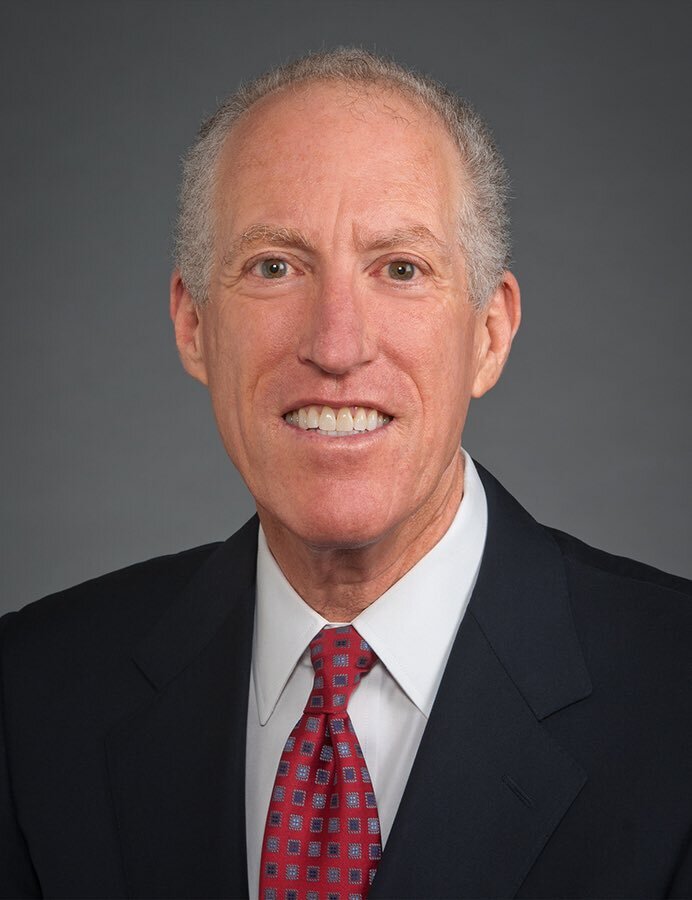Nov 5
2021
Treating Patients Like Consumers with Asynchronous Technology

By Edward Abraham, M.D., chief medical advisor, Bright.md.
Between the pandemic and dramatic growth in direct-to-consumer healthcare approaches, hospitals and health systems have been forced to find ways to provide convenient care for patients. Consumers are now accustomed to easier and more efficient care, and as a result, in-person care decreased 37% from 2019 to 2020 and telehealth increased by 23.6% within the same timeframe.
For health systems to stay competitive, there is no going back to the old way. They will need to continue to adapt to meet consumers where they are — delivering the experiences they’re used to in other industries, such as retail and travel. To do this effectively, hospital systems must continue to embrace digital adoption and the “consumerization” of healthcare. Providing patients with faster, more convenient, and effective treatment options will be the only way forward to retain consumer loyalty.
The Role of Asynchronous Care
Asynchronous care should be part of every health system’s digital strategy. Unlike in-person visits or telehealth appointments, asynchronous care occurs online without face-to-face, real-time interaction between the clinician and patient. The patient takes an adaptive digital interview based on their symptoms and medical history. Then this information, along with their EMR records, is packaged up and delivered to the provider, who can diagnose and treat the patient accordingly.
At the convenience of both the patient and clinician, being treated asynchronously means getting treated five times faster on average and without the hassle of having to go to a doctor’s office, urgent care, or emergency room. Asynchronous care provides consumers with the online experiences they desire at the most convenient time and location to vastly improve health outcomes.
Improved Patient and Provider Workflows
Everyone is familiar with the inefficiencies involved with making a doctor’s appointment, including making the appointment itself, potentially driving to the clinic, finding parking, filling out the same paperwork you’ve probably completed numerous times, and waiting to be seen by your clinician all while taking time out of busy work and life schedules. Now, imagine you can receive the same high level of care without disrupting your usual daily routine. Asynchronous technology allows consumers to receive the right care at the right time, all virtually. Although adoption is still growing, according to one recent survey, 87% of consumers who had an asynchronous visit with a provider say they would do so again. To begin treating patients more like consumers, offering on-demand, virtual-first options is essential to increasing consumer satisfaction and creating an improved experience.